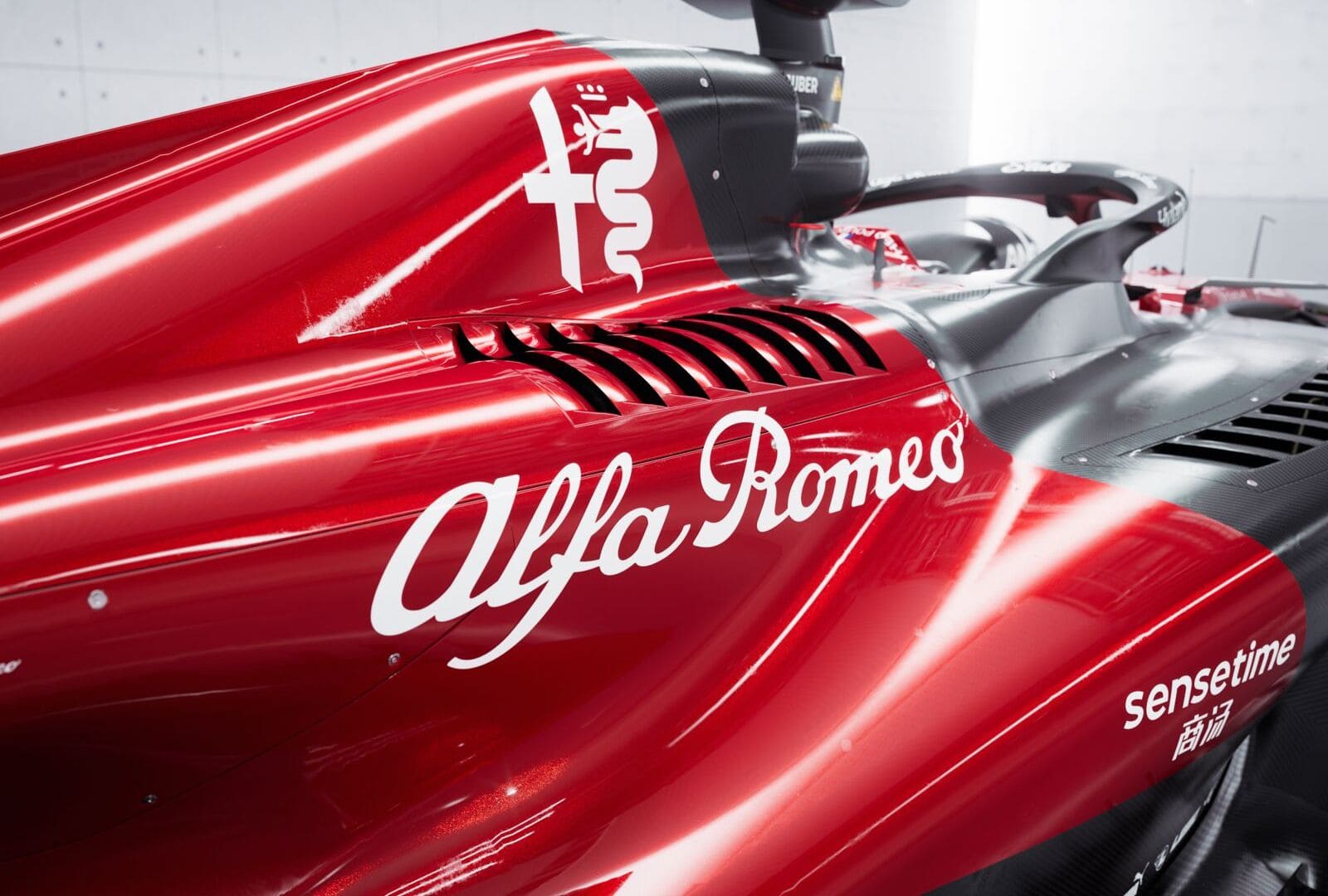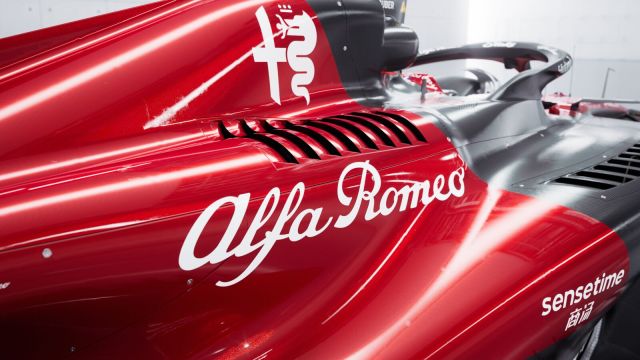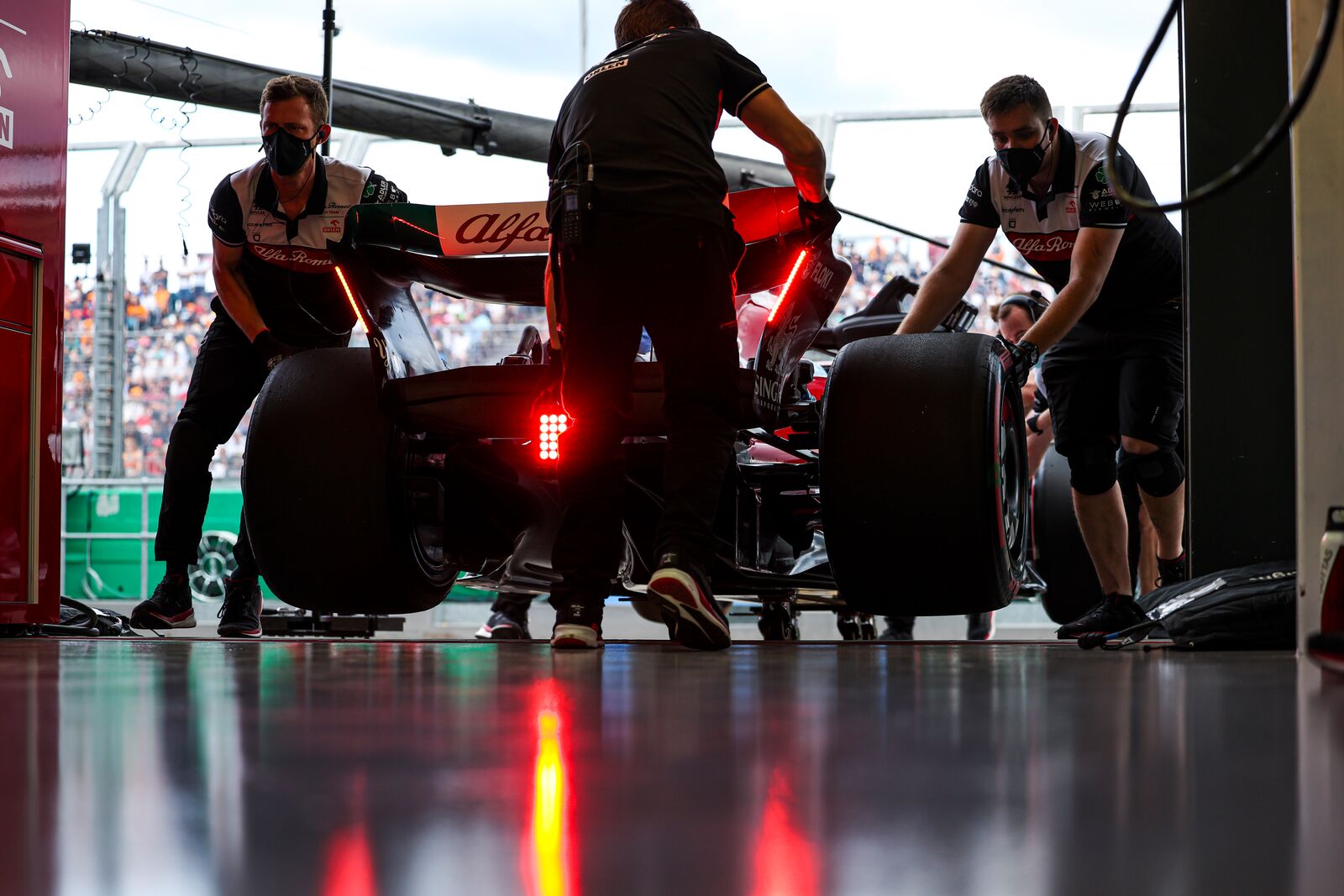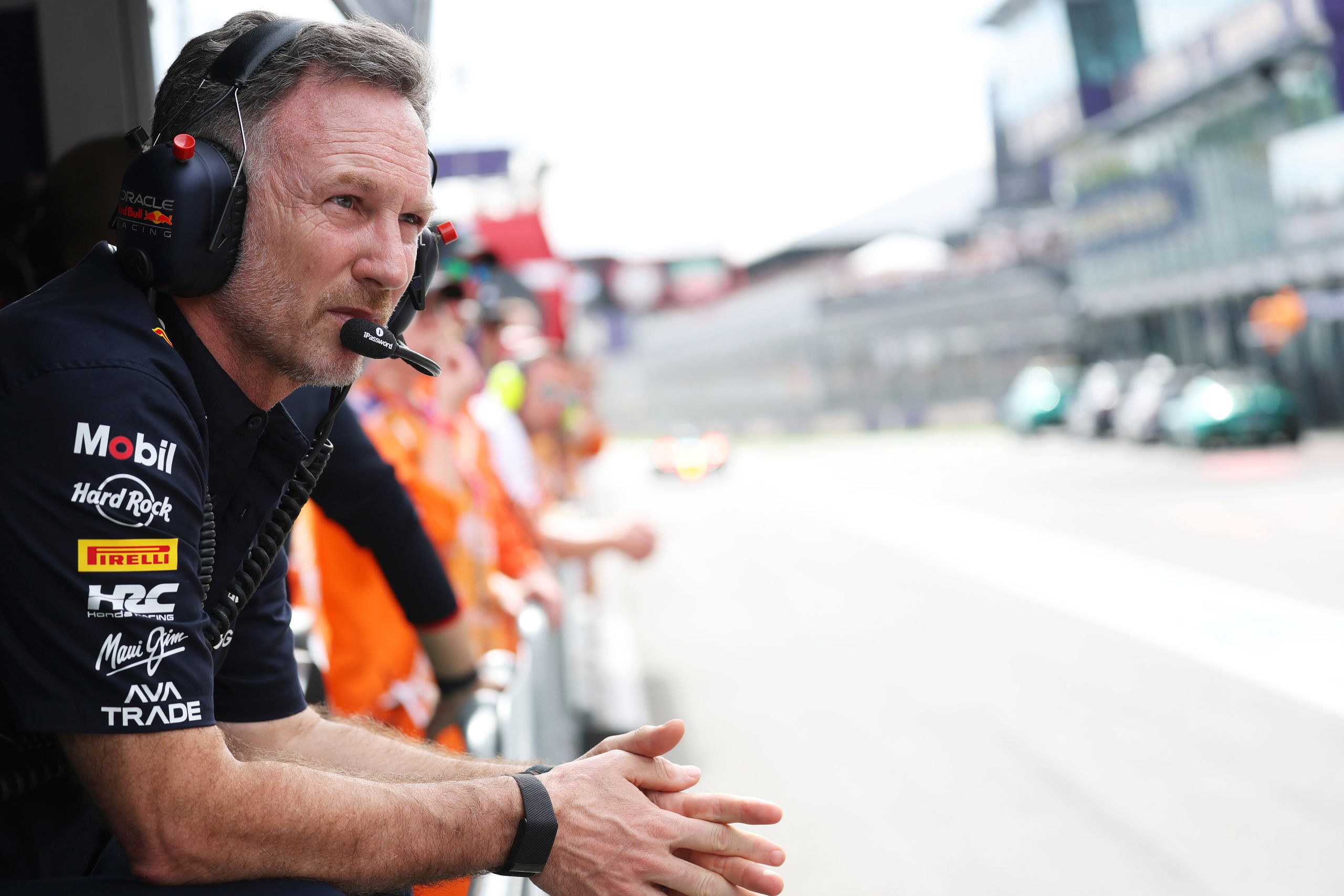What Are The Origins Of The Term ‘Horsepower’ In Formula 1?


The term ‘horsepower’ has a rich history that precedes its use in Formula 1. Its origins can be traced back to the 18th century and the work of Scottish engineer James Watt. Watt coined the term while developing steam engines, creating a metric to compare the work of horses to that of his machines. The term ‘horsepower’ standardized the measure of an engine’s power, equating to the amount of work a horse could do in a minute.
As it relates to Formula 1, horsepower denotes the power output of an engine, a critical factor in racing performance. Formula 1 has evolved significantly since its inception, with cars experiencing dramatic increases in horsepower as engine technology advanced. This progression has impacted racing dynamics, as higher horsepower engines enable faster acceleration and higher top speeds. Alongside engine development, other technological advancements in car design and supplementary systems have further leveraged the power of the engines, shaping the sport into what it is today.
In this article, we delve into the fascinating origins of the term ‘horsepower’ in Formula 1, drawing upon comprehensive research aided by the insights and resources provided by TwinSpires.
Key Takeaways
- Horsepower originated from comparing the work of horses to steam engines.
- In Formula 1, engine horsepower is vital for competitive racing.
- Advancements in F1 car design have optimized the use of horsepower.
Historical Context of Horsepower
The term ‘horsepower’ is historically intertwined with the pioneering advancements made by James Watt during the Industrial Revolution. Watt, seeking to improve the efficiency of steam engines, needed a robust measurement to express their power. This innovation was critical, as steam engines were vital in industries ranging from mining to transportation and manufacturing, where they replaced mill horses that previously performed heavy labor.
To persuade potential clients of his design’s superiority, Watt studied mill horses hauling coal in a mill. He observed that a horse could do, on average, 33,000 foot-pounds of work per minute. Therefore, he defined one horsepower as the ability to move 330 pounds of coal 100 feet in a minute, which is mathematically captured by the equation:
1 Horsepower (hp) = 330 lbs × 100 ft / 1 minute
This practical and understandable unit of measurement linked the capabilities of steam machinery with a familiar work animal. Furthermore, Watt’s marketing strategy proved effective, as it provided an easily graspable reference point. His definition of horsepower remains a fundamental concept in power measurement, even extending beyond steam engines to various types of engines today, including those in Formula 1.
The significance of horsepower in the context of Formula 1 is undeniable. It offers a universal gauge to convey the sheer power and performance abilities of the highly specialized and technologically advanced engines that propel these racing machines. It remains, till today, a testament to Watt’s ingenuity in bridging the gap between the emerging power of steam and the established strength of horse labor.
Horsepower in Formula 1 Development
Formula 1’s relentless pursuit of performance has significantly evolved engine technology and the very concept of horsepower. This section delves into key aspects of Formula 1 development where horsepower plays a central role, from the engines’ mechanical artistry to racing regulations’ influence on power levels.
Evolution of Engine Technology
The Fédération Internationale de l’Automobile (FIA) presides over the technological evolution in Formula 1, which has seen engines transform from simple, naturally aspirated units to the complex hybrid systems in use today. Initially, Alfa Romeo engines, as the kind used by Giuseppe Farina in 1950, were front-running examples of power. Over the decades, the progression from turbocharged powerhouses to sophisticated hybrid power units, merging Internal Combustion Engines (ICE) with Kinetic Energy Recovery Systems (KERS), has significantly increased the output of Formula 1 cars.
Racing Regulations and the Influence on Power
Regulations by the FIA have shaped the power figures of engines. Notably, restrictions on fuel flow and capacity, like the current 1.6-litre V6 turbo-hybrid engines, are in place to control engine power and improve efficiency. These rules cap the maximum RPMs, influencing the brake horsepower produced.
Measuring and Comparing Power Output
In Formula 1, engine power is often measured in terms of brake horsepower (bhp) or the metric equivalent PS (Pferdestärke). Comparing power output across eras is challenging due to varying technologies, regulations, and fuel types.
Aerodynamics and Horsepower
Aerodynamics play a critical role in how effectively a Formula 1 car can utilize its horsepower. While engine power is pivotal, the aerodynamic balance between drag and downforce is essential for maintaining speed through corners without sacrificing straight-line speed. The effectiveness of the car’s ability to corner at high speeds without losing traction is partially due to the horsepower working in tandem with the aerodynamic design.
Power Units and Modern Advancements
Modern advancements in Formula 1 engine technology have led to the development of turbocharged engines with sophisticated energy recovery systems. These hybrid engines are designed to maximize efficiency by harvesting energy typically lost during braking, often referred to as ERS.
Impacts on Racing Performance
In Formula 1, horsepower is critical to a car’s competitive edge. It directly impacts a vehicle’s speed, playing a significant role during qualifying laps where the fastest single lap can determine a driver’s position at the start of the race. More horsepower often means faster acceleration and the ability to maintain high speeds on straights and through corners.
The impact on performance is evident when cars take on circuits with long straights. The higher the horsepower, the higher the top speed a car can reach, which translates into shorter lap times. For instance:
- Acceleration: High horsepower allows for quicker acceleration, crucial for overtaking and exiting corners swiftly.
- Force: A car with more horsepower can better combat air resistance at high velocities.
Without sufficient horsepower, drivers may find it challenging to close gaps, overtake competitors, or capitalize on the circuit’s layout. However, in Formula 1, it’s not just about sheer power; the interplay of aerodynamics, tire grip, and engine performance is also crucial. Teams often find a balance between horsepower and these factors to ensure that the car performs optimally around the entirety of the circuit.
It’s also essential to note that different tracks require different setups. On a track with tight turns and short straights, like Monaco, the advantage of higher horsepower is less pronounced compared to tracks like Monza, where long straights favor power advantage. Understanding the balance between car setup, horsepower, and a track’s character is a sophisticated task that teams and drivers manage continuously.
Formula 1 Car Design and Horsepower
The interplay between advanced car design and the raw measure of engine capability, denoted as horsepower, culminates in the Formula 1 vehicles’ staggering performance. These machines are engineered with a focus on optimizing vehicle dynamics for maximum energy transfer while employing cutting-edge materials to boost horsepower effectively.
Vehicle Dynamics and Energy Transfer
A Formula 1 car’s design centralizes on balancing intricate forces to optimize handling, traction, and grip. Chassis and monocoque construction, primarily composed of carbon fibre, provide a rigid yet light framework that ensures safety and contributes to the car’s dynamic abilities. The distribution of weight affects the balance, which is crucial for traction during acceleration and cornering.
- Traction is enhanced by technological features such as the diffuser, which manages airflow to create a pressure differential that “sucks” the car to the track, and the Drag Reduction System (DRS), which reduces aerodynamic drag to improve speed and overtaking ability.
- The bodywork also contributes to vehicle dynamics; it’s designed to channel air efficiently, providing downforce that keeps the car glued to the track at high speeds.
Formula 1 cars undergo rigorous adjustments during qualifying and throughout the race weekend, with teams working in the pit lane to perfect setups based on track conditions and tire choices.
Materials, Construction, and Horsepower
The relationship between materials used in a Formula 1 car and the resultant horsepower is intricately linked. Formula 1 car engines must leverage the light yet robust construction afforded by advanced materials to convert fuel into motion effectively.
- Carbon fibre is commonly used in the construction of the chassis—a single-piece monocoque—because of its high strength-to-weight ratio.
- The efficiency and power output of Formula 1 car engines are direct results of meticulous design and use of materials, with engines producing significant horsepower figures, critical during the race and particularly in qualifying where maximum power output is vital for lap times.
Decisions by the stewards to implement technical regulations influence design choices that affect horsepower. Teams must adapt to such regulation changes, finding new ways to enhance horsepower within the constraints. For example, the use of hybrid technology and fuel limitations dictate how teams maximize energy recovery and power unit performance.
Supplementary Technologies and Systems
Formula 1 racing is a pinnacle of automotive technology, where a range of supplementary systems work in concert to ensure peak performance. The cockpit of a Formula 1 car is an amalgamation of various controls and sensors that help drivers navigate the complex operations during a race.
Sensors play a pivotal role in relaying real-time data on oil pressure, heat levels, and engine status back to the team. This information is critical, allowing teams to make instant decisions based on the precise conditions of the car. The data collected by sensors are also analyzed post-race to improve performance and reliability.
- Oil Pressure: Essential for lubricating the engine, maintaining the correct oil pressure is paramount for the engine’s health and efficiency.
- Heat Regulation: F1 cars are equipped with systems to manage heat, as extreme temperatures can lead to a loss in performance or damage.
The cockpit serves as the driver’s interface with the car, equipped with a multitude of switches and a steering wheel dense with buttons. Each control is carefully designed, often using Computer-Aided Design (CAD), to be intuitive and allow adjustments while driving at high speeds.
The integration of these technologies ensures that a Formula 1 car can operate at the edge of mechanical possibility, with drivers and engineers synergistically adapting to the dynamic conditions of a race.

Horsepower in F1 – Frequently Asked Questions
The term ‘horsepower’ is central to understanding engine performance in Formula 1. This section addresses common inquiries about its definition, relevance, and computation within the context of F1 racing.
How was the concept of ‘horsepower’ initially defined in engine terms?
James Watt coined ‘horsepower’ in the 18th century to compare the output of steam engines with the power of draft horses. It was established that one horsepower equates to a horse’s ability to move 330 pounds of coal 100 feet in one minute, totaling 33,000 foot-pounds per minute.
Why is a single horse often equated to more than one horsepower in measurements?
A single horse can generate more than one mechanical horsepower due to the conservative nature of Watt’s original measurement. This benchmark aimed to ensure that his steam engines’ power appeared more reliable and was not based on the peak power output a horse could sustain momentarily.
In the context of F1 engines, what distinguishes horsepower from torque?
Horsepower reflects the total power output of an F1 engine and is a measure of work done over time. Torque, on the other hand, measures the twisting force the engine generates. In Formula 1, a balance of both high horsepower for speed and adequate torque for acceleration is vital.
What is the conversion rate of horsepower to watts for engine power analysis?
One mechanical horsepower can be converted to 746 watts. Engineers and analysts in Formula 1 commonly use this conversion to express engine power in metric units for precise engineering and regulatory compliance.
Can you explain the method of calculating horsepower in an F1 engine?
Calculating the horsepower of an F1 engine involves measuring the torque output at a specific engine speed (RPM) and applying the formula: Horsepower (HP) = (Torque (lb-ft) x RPM) / 5252. This calculation reveals the engine’s power profile across different speed ranges.
Who were the major engine manufacturers responsible for developing high horsepower in Formula 1?
Historically, companies such as Ferrari, Mercedes-Benz, Honda, Renault, and Ford Cosworth have been known for their contributions to developing high horsepower engines in Formula 1. Advances in technology and engineering by these manufacturers have pushed the boundaries of engine performance in the sport.





